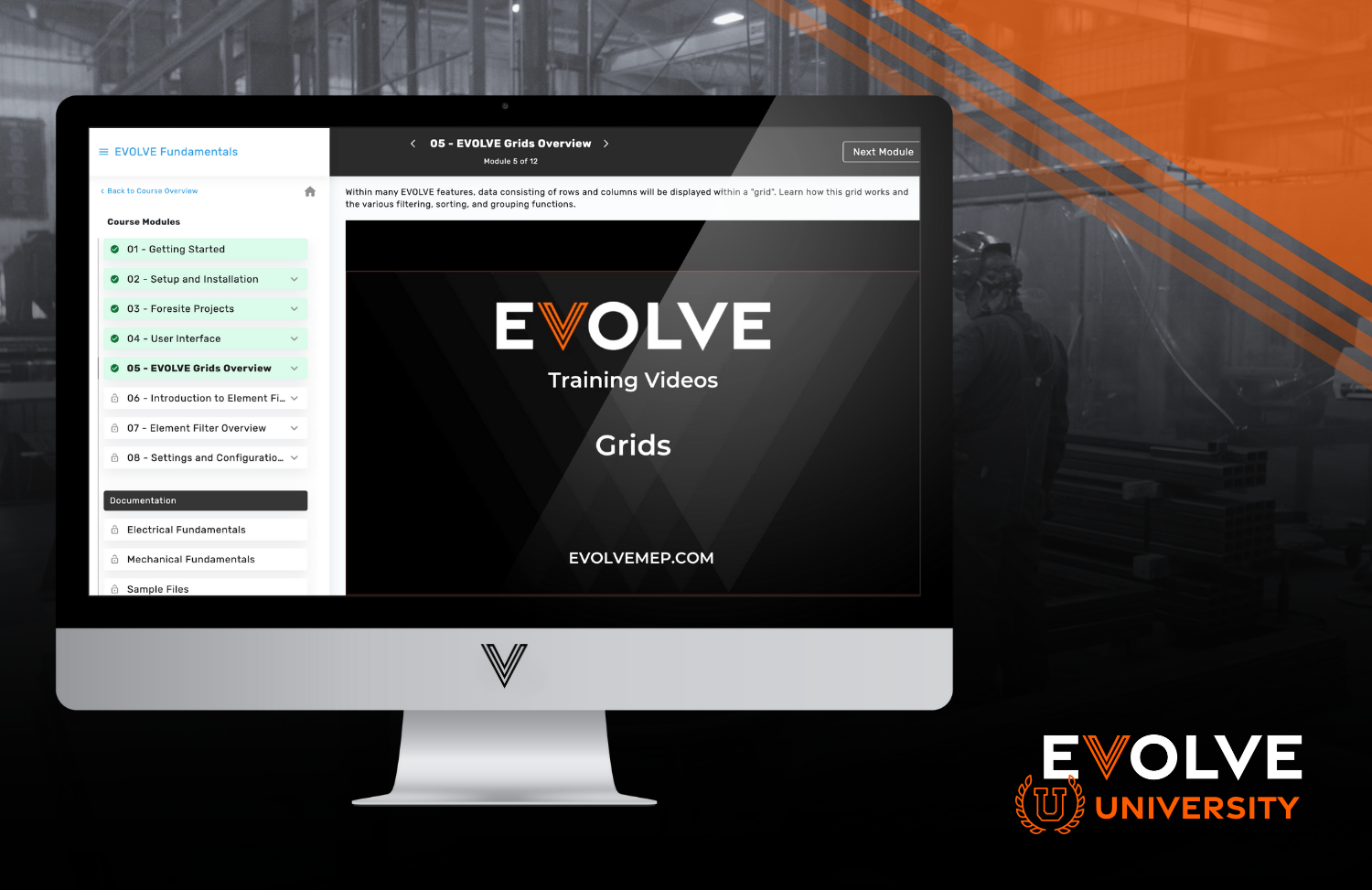As any construction manager will tell you- if you do not have your files and documents well-organized your project will lack the foundation for success. Working on multiple platforms can create fragmentation making it difficult for teams to access the most up-to-date versions of their files. Working across multiple platforms also requires lots of manual effort to ensure that files are organized properly and updated in a timely manner. The solution to these problems is a common data platform.
A common data platform (CDP) refers to a centralized digital system or infrastructure that facilitates the collection, storage, sharing, and management of data and information related to construction projects. This means your teams can access files all from a single place! platform for all stakeholders involved in construction projects, including architects, engineers, contractors, subcontractors, project managers, and owners. Here's why a Common Data Platform is essential for construction teams:
Data Centralization: Construction projects generate vast amounts of data, including architectural plans, engineering drawings, project schedules, budget information, and more. A CDP centralizes all this data, making it easily accessible to all team members from a single location. This reduces data silos and ensures that everyone is working with the most up-to-date information.
Collaboration: Collaboration is critical in construction, as many different parties need to work together seamlessly. A CDP provides tools and features for real-time collaboration, allowing team members to share documents, comment on designs, and communicate effectively. This streamlines communication and reduces the risk of miscommunication or errors.
Version Control: Construction projects often involve multiple versions of documents and designs. A CDP helps manage version control, ensuring that everyone is working with the correct and latest versions of documents. This reduces the risk of errors and rework.
Data Security: Construction projects involve sensitive information, such as project budgets, contracts, and proprietary designs. A CDP can include robust security measures to protect this data from unauthorized access or breaches, helping to maintain the confidentiality and integrity of project information.
Efficiency: A well-implemented CDP can significantly improve project efficiency. Team members can access the information they need quickly, reducing downtime and delays. It also streamlines administrative tasks, such as document management and approval workflows.
Data Analytics: A CDP can integrate data analytics tools that allow construction teams to gain insights from project data. This can help identify trends, optimize processes, and make data-driven decisions, ultimately leading to better project outcomes.
Cost Management: Construction projects involve budgeting and cost tracking. A CDP can help teams monitor project expenses in real-time, track changes, and identify cost-saving opportunities, ultimately helping to control project costs.
Compliance and Documentation: Construction projects often require adherence to regulatory and compliance standards. A CDP can facilitate the documentation of compliance measures, making it easier for teams to demonstrate that they are following industry regulations.
Asset Management: Beyond the construction phase, a CDP can also be valuable for asset management, helping owners and facility managers keep track of maintenance schedules, equipment manuals, and other critical information related to the built environment.
A common data platform, or system, is essential for construction teams because it streamlines collaboration, centralizes project data, enhances efficiency, improves security, and provides valuable insights that can lead to better project outcomes. It addresses the unique challenges of the construction industry by offering a comprehensive solution for managing data and information throughout the project lifecycle.
360 Sync makes getting all your files into one place simple! With the ability to connect to BlueBeam, Procore, Autodesk, SharePoint, PlanGrid and more, synching your files to a single location has never been easier! We give you the tools to build file syncing automation to give you more time back in your day and to make sure your team can easily access the most up-to-date documents!
A common data platform (CDP) refers to a centralized digital system or infrastructure that facilitates the collection, storage, sharing, and management of data and information related to construction projects. This means your teams can access files all from a single place! platform for all stakeholders involved in construction projects, including architects, engineers, contractors, subcontractors, project managers, and owners. Here's why a Common Data Platform is essential for construction teams:
Data Centralization: Construction projects generate vast amounts of data, including architectural plans, engineering drawings, project schedules, budget information, and more. A CDP centralizes all this data, making it easily accessible to all team members from a single location. This reduces data silos and ensures that everyone is working with the most up-to-date information.
Collaboration: Collaboration is critical in construction, as many different parties need to work together seamlessly. A CDP provides tools and features for real-time collaboration, allowing team members to share documents, comment on designs, and communicate effectively. This streamlines communication and reduces the risk of miscommunication or errors.
Version Control: Construction projects often involve multiple versions of documents and designs. A CDP helps manage version control, ensuring that everyone is working with the correct and latest versions of documents. This reduces the risk of errors and rework.
Data Security: Construction projects involve sensitive information, such as project budgets, contracts, and proprietary designs. A CDP can include robust security measures to protect this data from unauthorized access or breaches, helping to maintain the confidentiality and integrity of project information.
Efficiency: A well-implemented CDP can significantly improve project efficiency. Team members can access the information they need quickly, reducing downtime and delays. It also streamlines administrative tasks, such as document management and approval workflows.
Data Analytics: A CDP can integrate data analytics tools that allow construction teams to gain insights from project data. This can help identify trends, optimize processes, and make data-driven decisions, ultimately leading to better project outcomes.
Cost Management: Construction projects involve budgeting and cost tracking. A CDP can help teams monitor project expenses in real-time, track changes, and identify cost-saving opportunities, ultimately helping to control project costs.
Compliance and Documentation: Construction projects often require adherence to regulatory and compliance standards. A CDP can facilitate the documentation of compliance measures, making it easier for teams to demonstrate that they are following industry regulations.
Asset Management: Beyond the construction phase, a CDP can also be valuable for asset management, helping owners and facility managers keep track of maintenance schedules, equipment manuals, and other critical information related to the built environment.
A common data platform, or system, is essential for construction teams because it streamlines collaboration, centralizes project data, enhances efficiency, improves security, and provides valuable insights that can lead to better project outcomes. It addresses the unique challenges of the construction industry by offering a comprehensive solution for managing data and information throughout the project lifecycle.
360 Sync makes getting all your files into one place simple! With the ability to connect to BlueBeam, Procore, Autodesk, SharePoint, PlanGrid and more, synching your files to a single location has never been easier! We give you the tools to build file syncing automation to give you more time back in your day and to make sure your team can easily access the most up-to-date documents!





